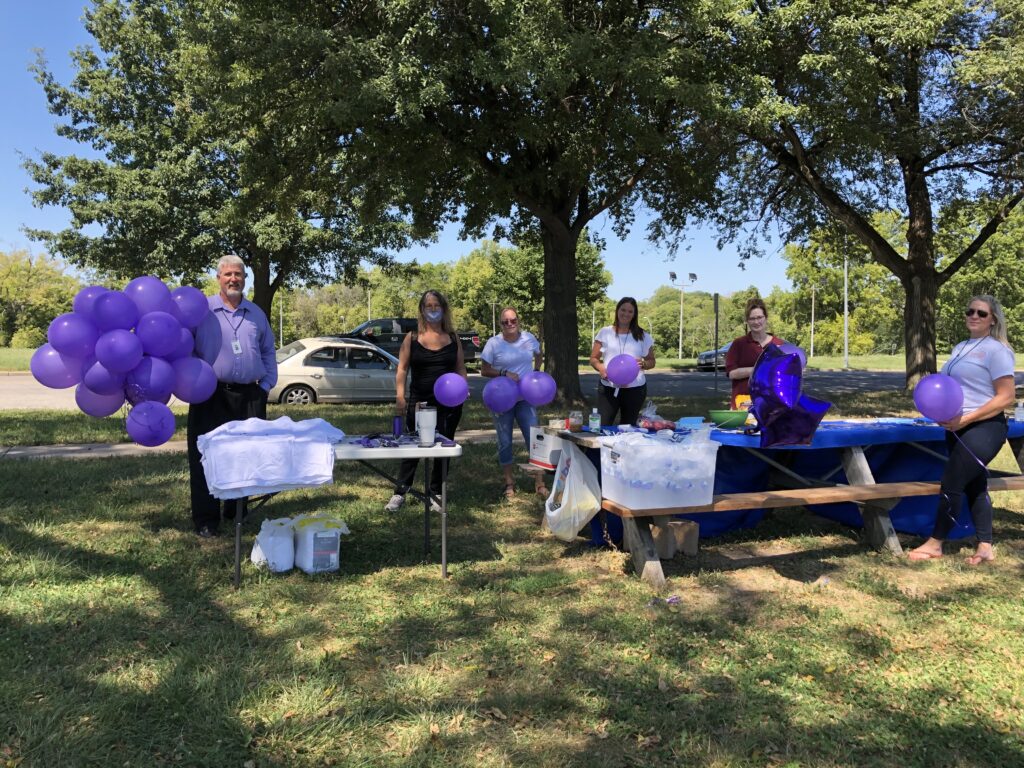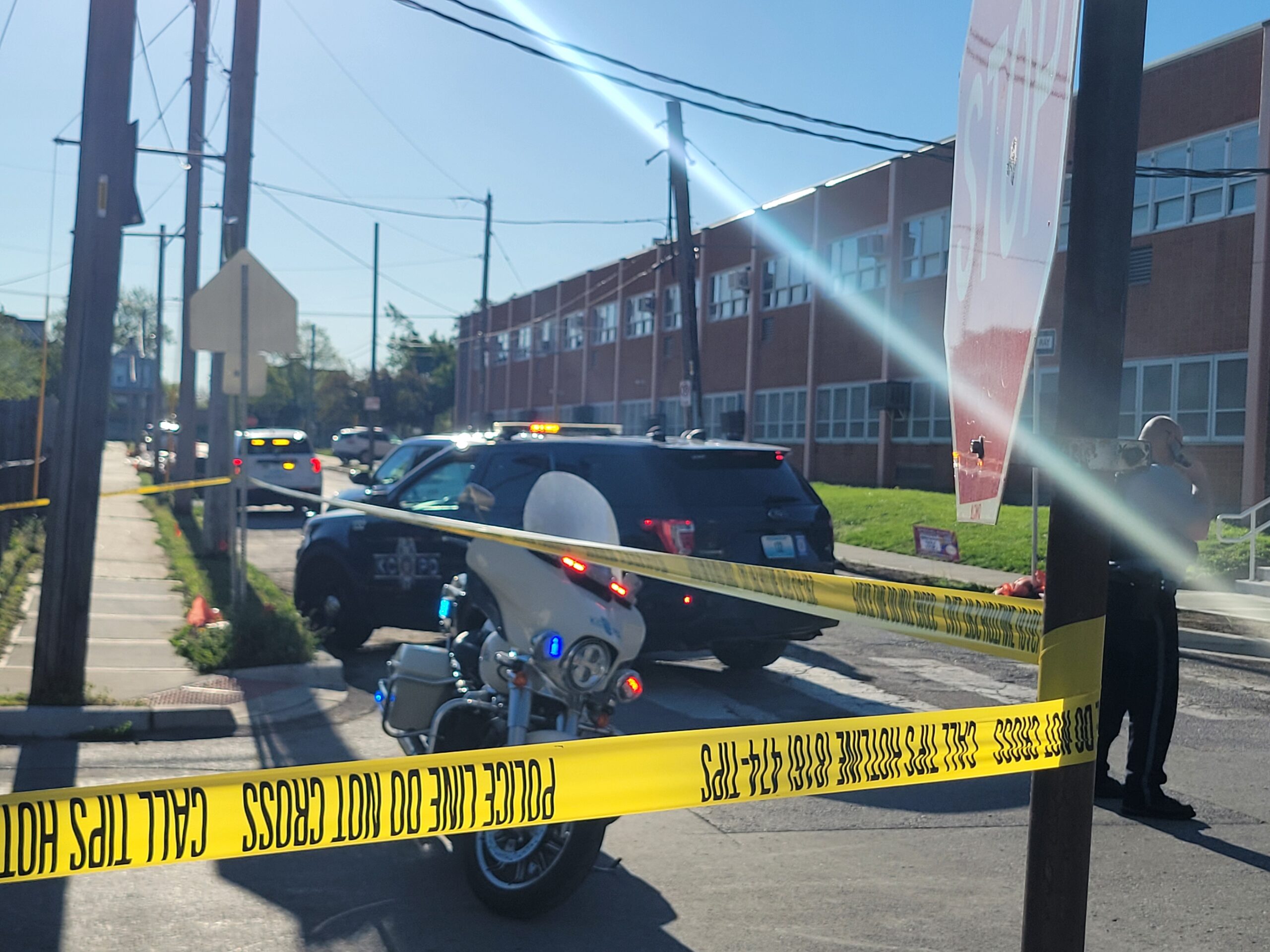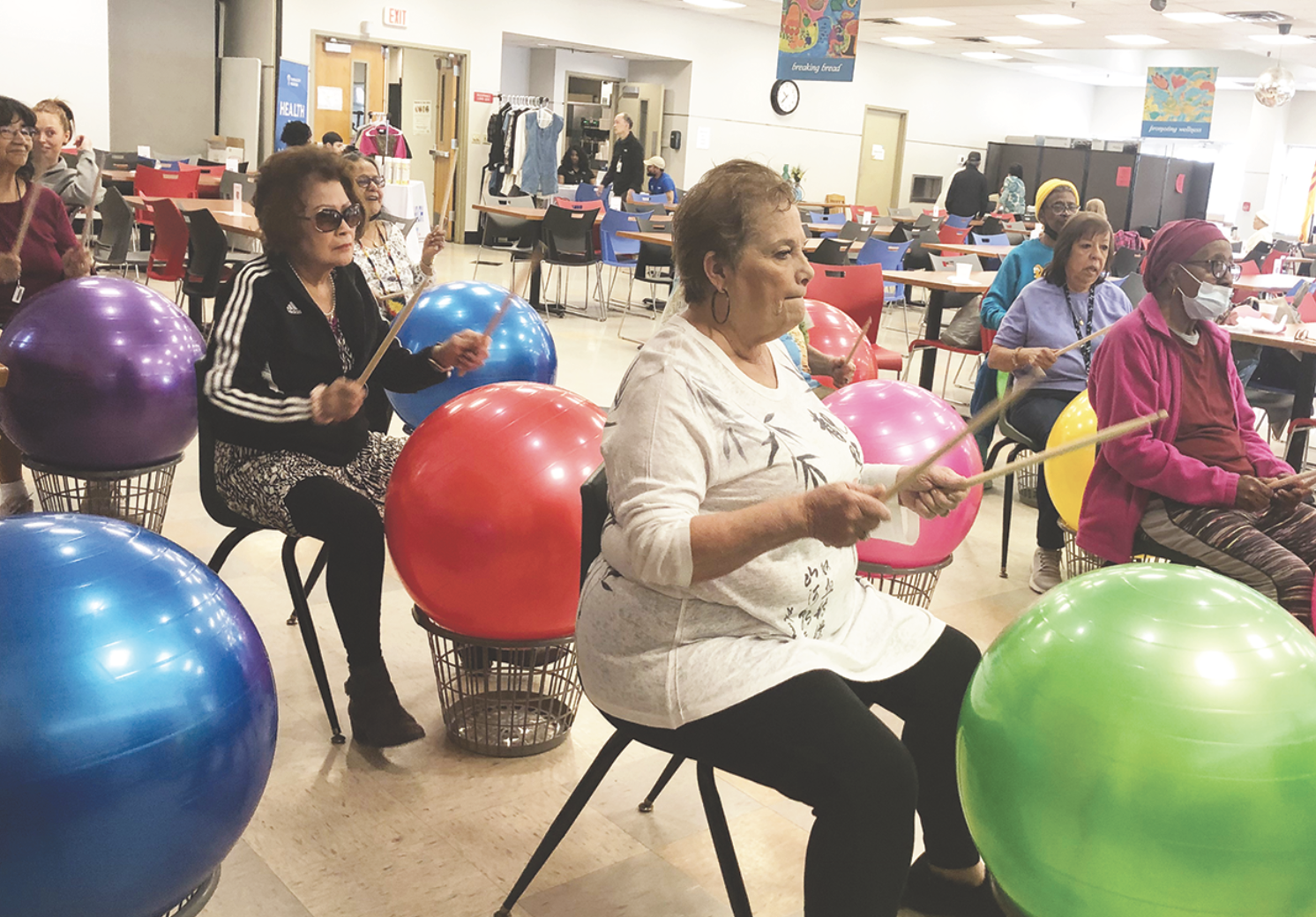
Abby Hoover
Managing Editor
September is Recovery Month, giving recognition to those who are in recovery for alcohol or substance use disorders. Heartland Center for Behavioral Change (HCBC) is working to get people into recovery and help them stay there, which has an undeniable social and financial effect.
Results from a National Survey on Drug Use and Health (NSDUH) showed an estimated 477,000 individuals in Missouri have alcohol or illicit drug dependence or abuse within the past year, representing roughly 10% of the state’s population. While data shows this figure has been slowly declining in recent years, it is still high.
Substance use is increasingly expensive for the state of Missouri, and when left untreated costs the state money in many ways – for example, everything from treating HIV cases resulting from injection drug use, methamphetamine laboratory clean-up, alcohol and drug-related crashes, and drug-related crime.
The Missouri Department of Mental Health (DMH) put a $1.3 billion price tag on annual substance abuse costs for the state, with an additional $7 billion in societal costs.
The average cost to treat a substance addicted individual is $1,346, compared to a $17,300 cost to society not to treat, according to DMH.
HCBC was founded in 1982 by Shirley Johnson, who had experienced substance use disorder and homelessness herself. As she found recovery, she began seeking opportunities to help others.
Johnson was first awarded the contract with the Missouri Department of Corrections in 1985. In conjunction with the Missouri DMH, HCBC began offering residential-level services for people coming out of institutions or under probation or parole supervision, additionally providing wrap-around services including substance use disorder treatment.
Over the years, that contract has grown and changed, but it still remains at HCBC’s primary location at 1534 Campbell in the old George Washington Carver Elementary School.
“We’ve been able to expand our service offerings so that at this point we currently have five clinics in the Kansas City, Mo., area offering medical-level detoxification, as well as outpatient substance use disorder treatment services,” Kyle Mead, President and CEO of Heartland Center for Behavioral Change, said. “We continue to provide services to the Department of Corrections for people who are coming out of institutions and returning back to the community.”
The agency provides crisis-oriented care and a full continuum of CSTAR, a substance treatment and rehabilitation program funded through the DMH and Medicaid.
At different times throughout the agency’s history, HCBC has provided services inside the prison systems in Missouri, including, currently in the Jackson County Adult Drug Court in Kansas City.
“There is no question that when we make the investment in treating people versus not treating them, we are going to spend tax dollars incarcerating them and clogging up our criminal justice system either way, we’re so much more effective and efficient in offering treatment services for those individuals,” Mead said.
According to a 2017 report, in Missouri, the average prison stay for an offender with a drug‐related offense is 318 days at an average cost of $57.25 per day ‐ yielding an average cost per stay of $18,206. The average length of engagement in community-based treatment is 79 days with an average cost of $2,082.
“We know that we are reducing criminal thinking amongst that population,” Mead said. “The reality is that very few people think that it’s okay to engage in criminal behavior, but they might do it as a result of substance use disorder or a mental health disorder.”
Mead credits the agency with having a strong history of working with partner agencies and those in the recovery support community such as Healing House’s drop-in center.
HCBC frequently has cooperative agreements with local federally qualified health centers Truman Medical Center, Swope Health and Samuel U. Rodgers to ensure that a full array of mental health and physical health services are offered for their clients.
“We probably serve about 1,500 people at any one given time,” Mead said. “That number might be down a little bit right now, particularly through the pandemic, but that’s a normal number for us… Over the course of the year it’s generally around 5,000 people per year that we serve.”
The State of Missouri DMH is one of the leaders in the nation and is looked to by states across the country for guidance, Mead said. Through the advent of the Affordable Care Act, Missouri’s DMH has developed innovative approaches to be able to ensure that indigent populations of the community still have access to care.
“We’re able to utilize a sliding fee scale and we’re also able to use standard means testing, which identifies people’s ability to be able to pay,” Mead said, adding that upwards of 90% of people referred to them are offered services at no cost because of DMH funding.
That funding is raised through the Jackson County Mental Health Levy Board, which provides financial assistance for such agencies, philanthropic organizations, and Jackson County COMBAT, which collects a 0.25% county sales tax that residents continue to approve.
“It’s a minimal impact on the individual in regards to sales tax, but it does so much for us,” Mead said.
While Missouri’s substance use rates are not considerably higher than surrounding states, Mead said Kansas City in particular faces a different set of issues like methamphetamine and phenylcyclohexyl piperidine (PCP) that don’t impact other areas to the same degree.
HCBC staff met at Concourse Park to memorialize the lives lost to accidental drug poisoning for National Overdose Awareness Day on August 31, joined by members of the Kansas City Recovery Coalition.
“My original goal was to try to represent an actual number of current 2019 data, but that proved very difficult,” Mead said. “For one thing, the local medical examiner’s data doesn’t really become finalized for as much as two to three years. The number of deaths that have been absolutely declared as drug overdose or accidental drug poisonings was 76 in 2019.”
Mead said that anecdotally, they are seeing an increase in the number of relapses and lack of engagement. He thinks the drug overdose numbers are going to end up being higher, as well as the number of suicides during the pandemic.
“Many of those folks are people who suffer with substance use disorder that have been taking their own lives, so the impact of this is really hard on our community right now, and the ability to offer services and create access points for people is just a lot more challenging,” Mead said.
With Alcoholics Anonymous and Narcotics Anonymous meetings, and faith-based organizations, happening virtually, Mead said people don’t have to risk their health to be able to stay connected.
Family involvement can be a key component of recovery, although many with a history of substance abuse feel they have “burnt bridges” with their loved ones, Mead said. Families can reach out to HCBC for guidance for resources in the community that can help repair those relationships.
“The idea of family involvement in this disease is so critical, and I just don’t know if people really understand that it really is a family disease and it impacts everybody,” Mead said. “While I fully recognize that relationships are damaged as a result of people being in active addiction, there’s got to be the same and equal effort to heal those relationships. People need the support of their family and their friends so much during this time when they’re probably feeling isolated already.”


















